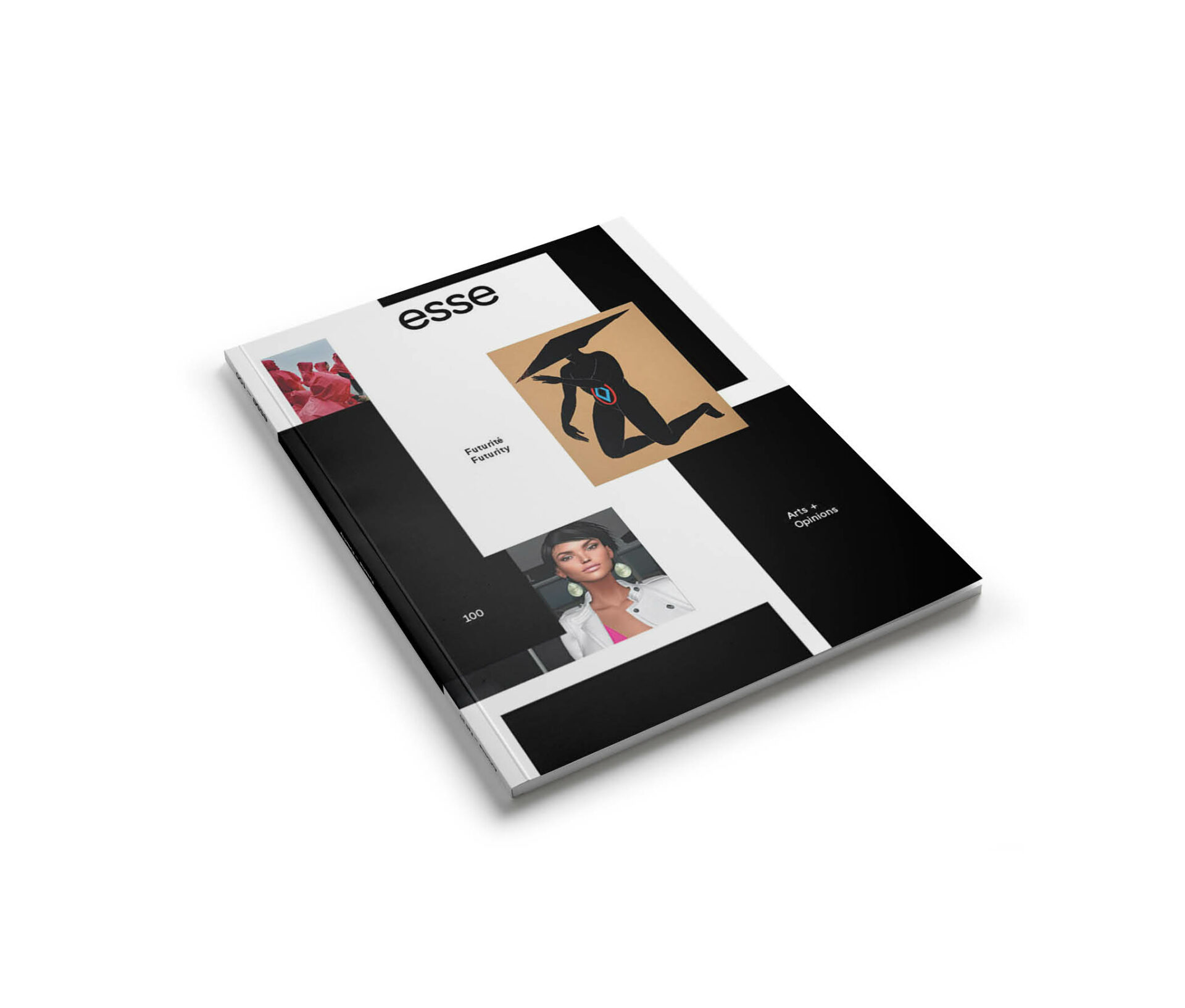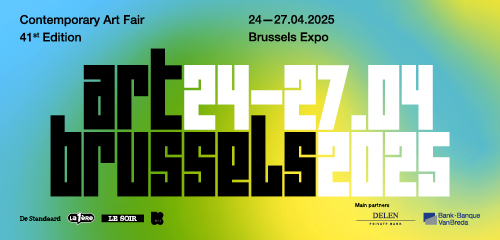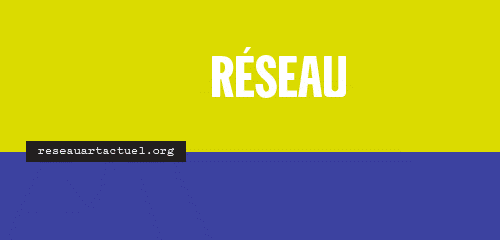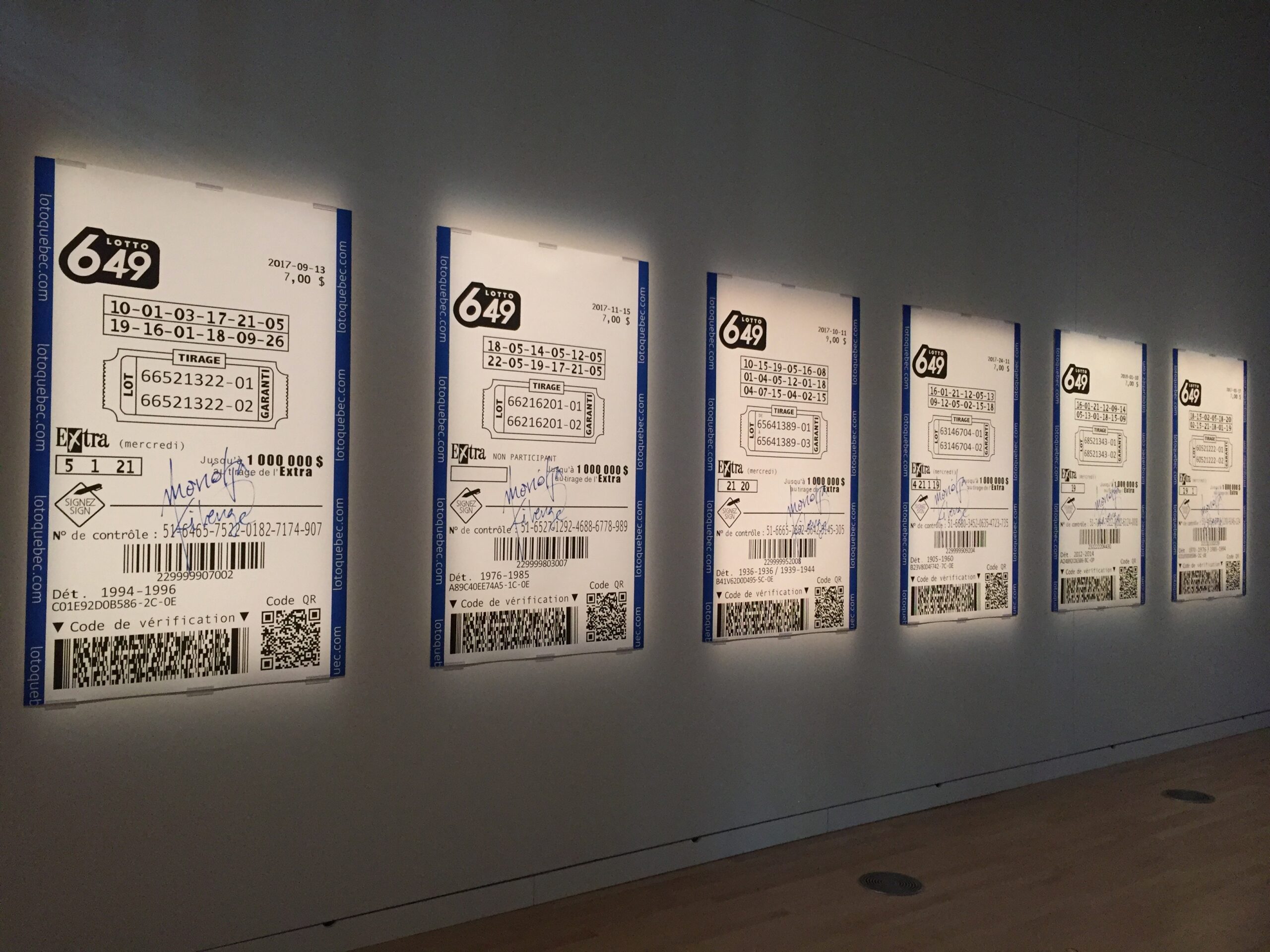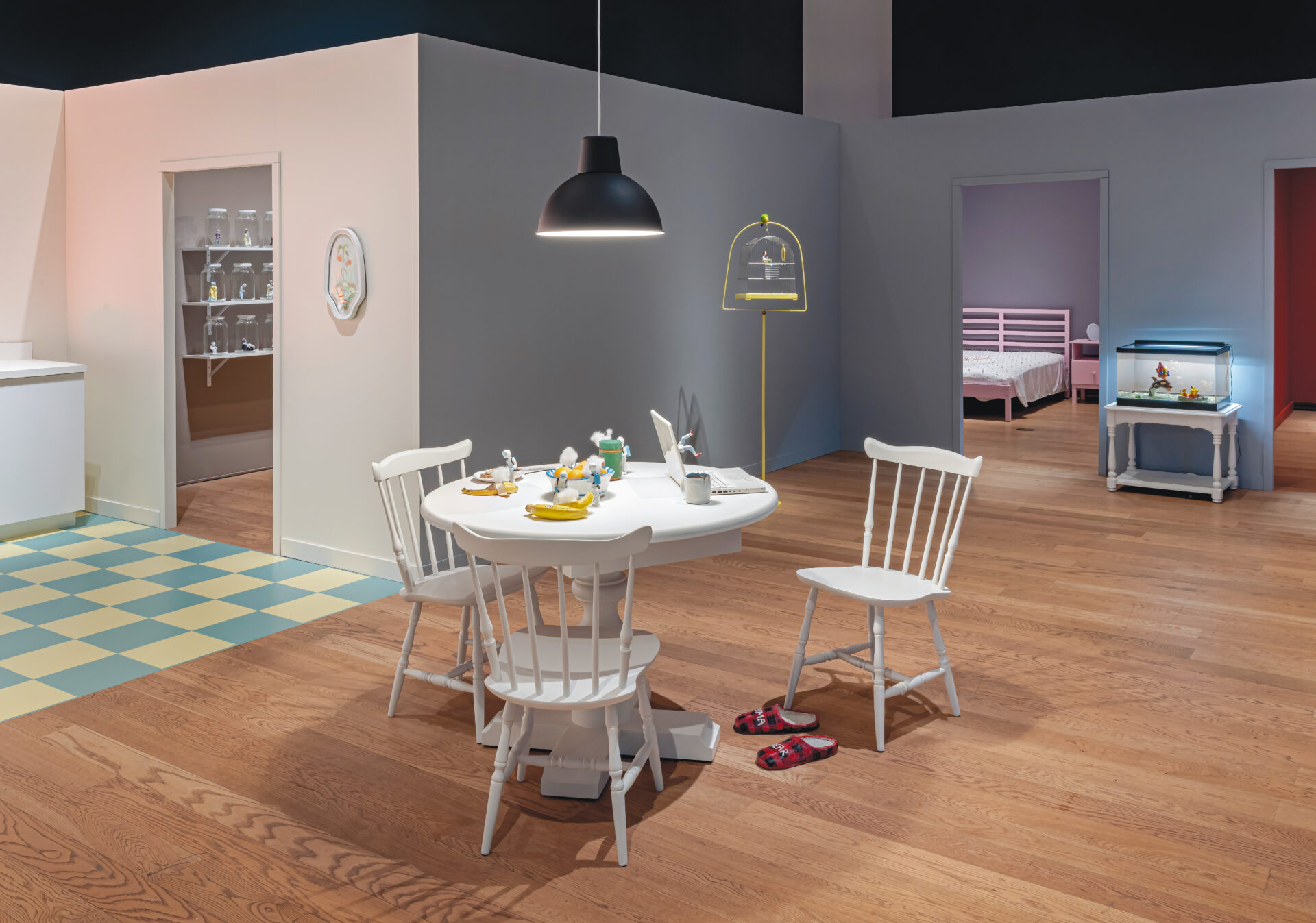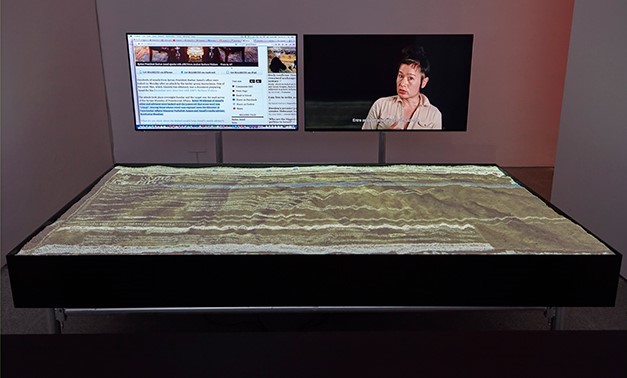
Photo: courtesy of the artist, Andrew Kreps Gallery, New York & Esther Schipper, Berlin
[En anglais]
In the twenty-first century, imagining the future often invokes a fear in humans predicated on its uncertainty. Endless attempts to predict what will happen focus on historical patterns that give some insight into looming possibilities, but realities of the past become insignificant when uncertainty is integral to rapidly changing societies. The future arrives faster every day, and predicting it never gets easier because it does not exist until it has unfolded into the present. According to Barbara Adams and Chris Grove, seeing this impending time as a hypothetical, “disembedded realm”1 1 - Barbara Adam and Chris Groves, Future Matters: Action, Knowledge, Ethics, (Boston: BRILL, 2007), 1–77. allows for less restricted conceptualizations. Instead of seeing the future as something that is predetermined, it can be seen as an extension of the present that exists only when action is taken to create it. The time we call the present becomes the future, unfolding through living2 2 - Ibid.. Though predicting approaching time in this fluid way can be chaotic, doing so allows accelerated adaption and understanding. Hito Steyerl recognizes this present future in This Is The Future, an exhibition which ran at the Art Gallery of Ontario from October 2019 to February 2020. With this show Steyerl focuses on contemporary issues explored through video technology, education, and the built environment and uses both historic and futuristic imagery to better inform the audiences’ understanding of the present. In this way, she equips her audience to take whatever the future offers, even if it is unexpected, and prepares them to create their own depictions of prospective time through lived experience. The exhibition interrogates economic systems, including art institutions; criticizes industrial production; and questions societal developments that concern ethics. Steyerl does not necessarily make any predictions or depictions of the future, but she does depict a futuristic present that was once science-fiction, non-existent then carved out by human and earthly forces. She brings time together fluidly, showing previous and subsequent effects on the present, and with the title of the show states that we are no longer waiting for the future, we are living it.
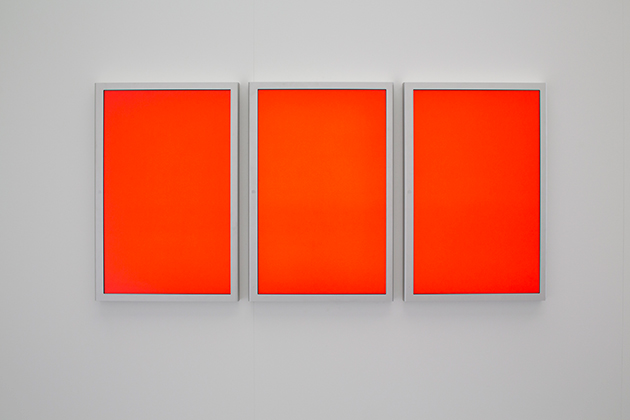
Red Alert, 2007.
Photo: courtesy of the artist, Andrew Kreps Gallery, New York & Esther Schipper, Berlin
Inspired by the past, Steyerl created Red Alert (2007) to offer a logical conclusion to contemporary documentary filmmaking. She calls for the category to be redefined in a significant way and envisions a documentary film that involves any chronicling of information even at the most basic level. Three vertically mounted flat screen monitors refer to Alexander Rodchenko’s The Death of Painting (1921), which questioned painting’s function in fine art, and proposed the death of the medium at a time when advancement and growth in the art form felt futile3 3 - MOMA Interactive Exhibitions, “The Death of Painting,” The Museum of Modern Art, New York. 1998, https://www.moma.org/interactives/exhibitions/1998/rodchenko/texts/death….. Steyerl uses this notion to strip documentary film to its most simple structure. Each monitor plays a video of the colour that was used by United States Homeland Security, following 9/11 to communicate the highest threat level4 4 - Hito Steyerl, “Red Alert: Artist Talk,” Henie Onstad Art Centre, Sandvika, Norway, June 30, 2010, https://www.youtube.com/watch?v=ILgZEHKNcc4.. This simple but thorough representation of a colour symbolizes a tragic time in history that unfolded for those living it, and while it is abstracted from traditional documentary film, Steyerl works within the category’s parameters to produce something completely new.
Créez-vous un compte gratuit ou connectez-vous pour lire la rubrique complète !
Mon Compte




